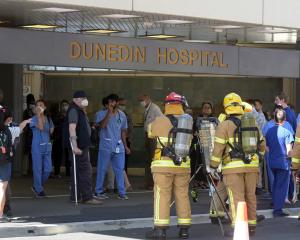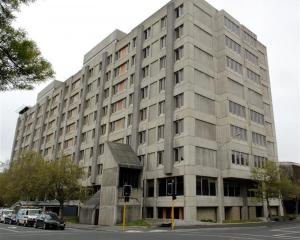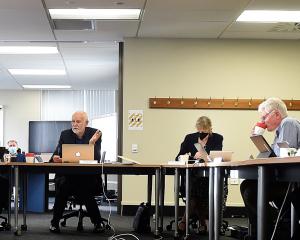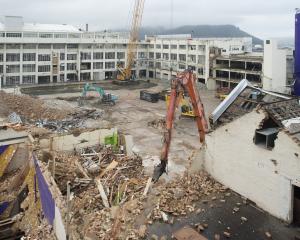Getting the right number of nursing staff to cover patients with varying needs is being made easier in some Dunedin and Invercargill hospital wards.
They are piloting a computer software system called TrendCare, developed in Australia, and already used in many hospitals.
Southern District Health Board chief nursing and midwifery officer Leanne Samuel said staffing allocations had been based on historic patterns, including information about the length of stay of patients and the severity of their conditions, along with nursing experience and a certain amount of "gut feeling". The programme allowed it to be done with much greater sophistication and accuracy.
Operations manager Megan Boivin said while re-allocation of staff was already done by the duty co-ordinator, the programme allowed greater ability to predict what would be required.
Pilot co-ordinator Shayne Wylie, who is also a duty co-ordinator, said with the programme nurses predict on-screen the care required for their patients for the next 24 hours.
While the information gathered from that was quite detailed, including such matters as whether a patient needs help with feeding or more than one person to shift them, it took less than five minutes to complete.
The programme then accumulates the data and works out how many hours nursing will be needed on the ward.
The co-ordinator can then see where there may be extra staff needed or where surplus staff could be moved.
The data could also be used to help compile other reports such as how much sick leave was being taken as well as helping to understand such matters as why discharges might have been delayed.
Six Dunedin Hospital wards and four in Invercargill are involved in the pilot to provide data in wards where there is a stable turnover of patients and those where there is much variability.
Ms Samuel said the pilot had been welcomed by nurses who could see its value from a safe staffing perspective.
"It's about being efficient, getting the right skill set matched to that patient need."
Once the pilot was completed in July, if the results were favourable, a business case would be developed to purchase the software which was likely to cost several hundred thousand dollars.
If this expenditure was accepted, it could probably be introduced in about a year.
If the system was introduced it would also allow the hospitals to compare themselves with 20 other hospitals in New Zealand.












